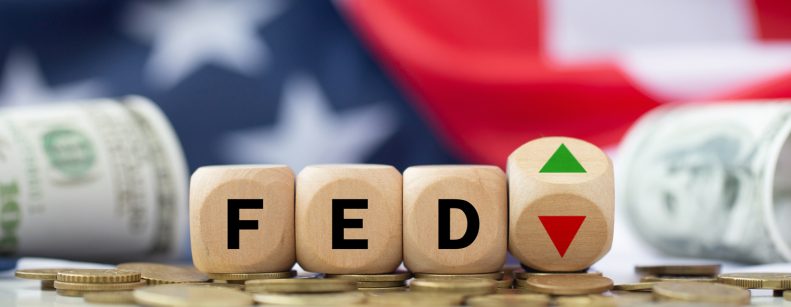
In the current context of high inflation and robust economic growth in the United States, the Federal Reserve's (Fed) monetary policy and the performance of US Treasury bonds are topics of great interest to investors and economists. In this newsletter, we will analyze the convergence between FED and US Treasury rates, in light of the news published in Bloomberg on April 16, 2024, titled "Are Fed Rate Hikes Behind the US Economic Boom?".
Fed rates, set by the Federal Reserve, are the interest rates at which banks lend to each other. U.S. Treasury rates, on the other hand, are the interest rates the U.S. government pays to investors who buy its bonds. These rates are key indicators of monetary policy and the state of the economy.
In the Bloomberg article, economist Michael Feroli (chief economist of US Economics at JP Morgan) argues that strong US economic growth in 2023 is not primarily due to Federal Reserve rate hikes. Feroli stresses that growth has been driven by other factors, such as strong consumer demand, business investment and the reopening of the economy.
However, it is important to recognize that Fed and U.S. Treasury rates are closely related. When the Fed raises interest rates, Treasury rates generally rise as well. This is because investors expect Treasury bonds to be more attractive compared to other assets when interest rates are higher.
As Fed rates converge with Treasury rates, the impact on economic growth can be significant. Higher interest rates can slow economic growth by making credit more expensive for businesses and consumers. This can lead to lower investment, consumption and job creation.
The convergence between FED and US Treasury rates is a complex issue, with important implications for the US economy. While current economic growth does not appear to be directly related to the Fed's rate hikes, it is directly related to the arguments mentioned above, which should have been negatively affected by them. The Fed's monetary policy will continue to influence Treasury rates and, consequently, the pace of economic growth. Investors and economists should closely monitor the evolution of these rates and their impact on the economy.
Diego Covarrubias
Analyst Fynsa AGF